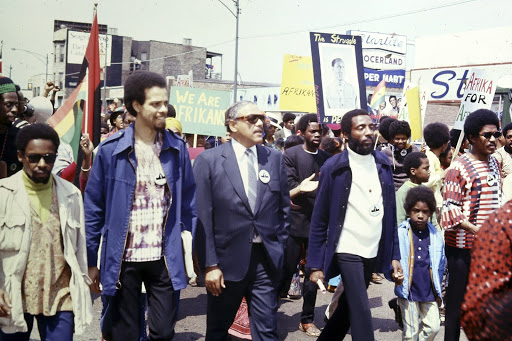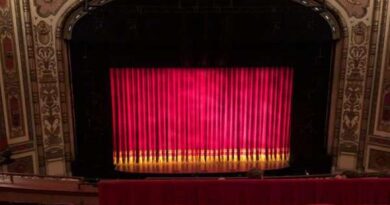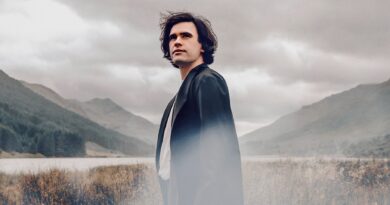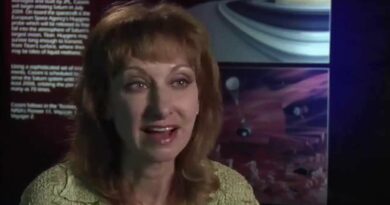Logan Center Gallery to Exhibit Images by Photographer K. Kofi Moyo
The Logan Center Exhibitions at the University of Chicago will present K. Kofi Moyo and FESTAC ’77: The Activation of a Black Archive, in partnership with the Richard and Mary L. Gray Center for Arts and Inquiry. Featuring images from the archive of Chicago-based photographer Karega Kofi Moyo, the exhibition will be available to the public from February 12–March 21, 2021. Running online in parallel to the on-site exhibition, a dedicated website featuring video content, essays, a video tour, and other digital materials supports viewer engagement from afar. If public health conditions allow, visitors may reserve a free timed ticket through the UChicago Arts Box Office, which will be available beginning February 8.
K. Kofi Moyo and FESTAC ’77: The Activation of a Black Archive resituates, and also finds a place for, a cache of images by Karega Kofi Moyo, who was active between 1968 and 1978 during a pivotal time for Black liberation and cultural production. K. Kofi Moyo is a photojournalist who has published works in Ebony, the Chicago Defender, and the Black Photographers Annual. In 1977 he traveled to Lagos, Nigeria, for the Second World Black and African Festival of Arts and Culture (FESTAC ’77), where he was an exhibiting artist. He later co-founded Real Men Cook for Charity and published Real Men Cook: Rites, Rituals, and Recipes for Living (Simon and Schuster, 2005).
Notably, the Moyo repository, replete with images of Black political, social, and cultural life from that period, includes images that refer back to an auspicious 1977 event for Black diasporic convening in Lagos, Nigeria: the Second World Black and African Festival of Arts and Culture, known as FESTAC ’77.
This presentation includes a core selection of Moyo’s photographs of FESTAC ’77, in addition, the show presents varied contemporary responses to, and interpretations of, Moyo’s FESTAC ’77 images.
The exhibition offers an occasion to ponder the artistic and art historical significance of both FESTAC ’77 and Black photographic archives. It also suggests the potential for animating the local and regional bearing of such projects. Supporting access to the works from afar, the exhibition will be virtually hosted with a dedicated website that will feature installation images, a narrated video tour, and audio descriptions of the works on view. For more information and details about related programming, visit loganexhibitions.uchicago.edu or follow Logan Center Exhibitions on Facebook and Instagram @logancenterexhibitions.




